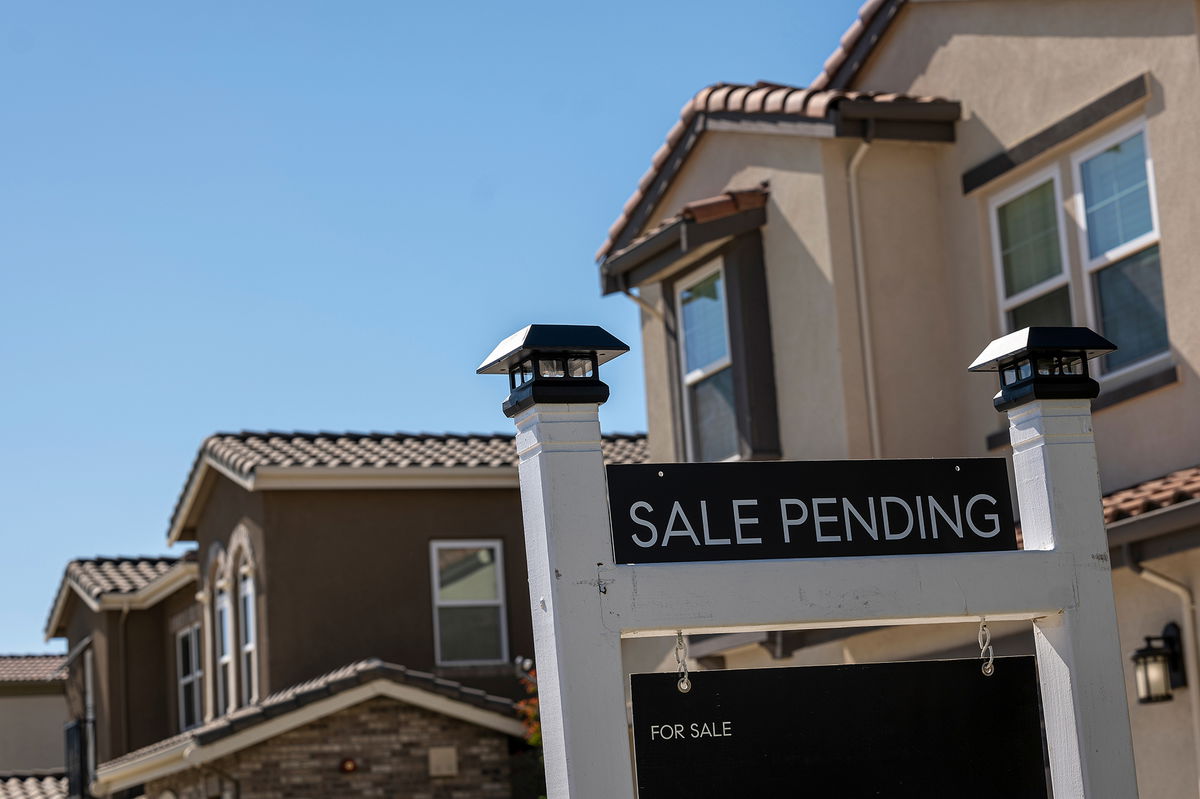US home sales fall for 8th month in a row in September, the longest slump since 2007

Originally Published: 20 OCT 22 10:00 ETUpdated: 20 OCT 22 12:18 ET
By Anna Bahney, CNN Business
(CNN) -- Home sales in the US declined for the eighth month in a row in September as surging mortgage rates and high prices pushed buyers out of the market.
Sales of existing homes -- which include single-family homes, townhomes, condominiums and co-ops -- were down 23.8% in September from a year ago and down 1.5% from August, according to the National Association of Realtors.
That continues a slowing trend that began in February and marks the longest housing sales slump since October 2007 during the subprime mortgage collapse.
Sales in September were at their weakest level since May 2020, which was an anomaly because that was in the early days of the pandemic lockdown. Setting that aside, sales last month were the weakest they have been since September 2012.
Still, home prices continued to climb during the month. The median home price was $384,800 in September, up 8.4% from one year ago, according to the report. That's down from the record high of $413,800 in June. The price increase marks more than a decade of year-over-year monthly gains.
"The housing sector continues to undergo an adjustment due to the continuous rise in interest rates, which eclipsed 6% for 30-year fixed mortgages in September and are now approaching 7%," said Lawrence Yun, NAR's Chief Economist. "Expensive regions of the country are especially feeling the pinch and seeing larger declines in sales."
Low inventory is keeping prices strong
Despite slower sales, the supply of available homes has not improved much.
Typically, a slowing housing market would result in a glut of inventory and less competition, which would push prices lower. But because so many current homeowners have ultra low mortgage rates, few are willing to move and there are not as many homes for buyers to choose from.
Inventory of homes for sale in September was down 2.3% from August and 0.8% from a year ago, according to the report.
"There are far fewer fresh listings because homeowners are loving their 3% interest rate they refinanced or purchased into over the past few years," said Yun. "They don't want to give that up."
But the current lack of supply underscores how different this slowdown is from the previous major market downturn that started in 2008, when inventory levels were four times higher than they are today, said Yun.
The low inventory is keeping prices strong. For those in the market, there can still be bidding wars when a new home is listed.
"Despite weaker sales, multiple offers are still occurring with more than a quarter of homes selling above list price due to limited inventory," Yun said.
Housing market fragmenting
The slowdown is manifesting differently in markets across the country.
In the West, sales have dropped the most dramatically, plunging 31.3% since last year. Meanwhile, home sales have dropped 18.7% from a year ago in the Northeast, 19.7% in the Midwest and 23.8% in the South.
"The West has been consistently down more because homes are super expensive and rising mortgage rates have a greater impact in the more expensive markets," said Yun.
Yun said he anticipates prices to cool faster and fall farther from the peak in areas like California and other hot cities that saw big price increases during the pandemic.
In September, the metro area with highest increase in the share of homes that saw price reductions compared to last year was in Phoenix, followed by Austin, Texas, and Las Vegas, according to Realtor.com.
Meanwhile, the largest year-over-year median list price growth occurred in Miami, which was up by 28.3% in September, followed by Memphis (up 27.3%) and Milwaukee (up 27.0%).
"While we often talk about a national housing market, this is really the sum of trends in tens of thousands of local real estate markets across the country," said Danielle Hale, chief economist at Realtor.com. "As the national market is at an inflection point, the range of local market conditions has grown wider."
The-CNN-Wire
™ & © 2022 Cable News Network, Inc., a Warner Bros. Discovery Company. All rights reserved.